The wait is over and we can finally talk about HARMAN Photo’s brand new product, a colour film called Phoenix 200! This is a film made from scratch in the UK with an ISO of 200, high contrast, and strong colours. HARMAN Photo says this film is unlike any other and after having the chance to shoot a roll prior to release, I very much agree with this statement.
“This is the first-ever colour film made entirely from emulsion to cassette at the HARMAN technology factory in Mobberley, a significant and incredibly exciting milestone. This quirky, experimental film produces high-contrast images with strong, visible grain and punchy, vibrant colours. It’s unlike any other colour film.” – HARMAN Photo Press Release
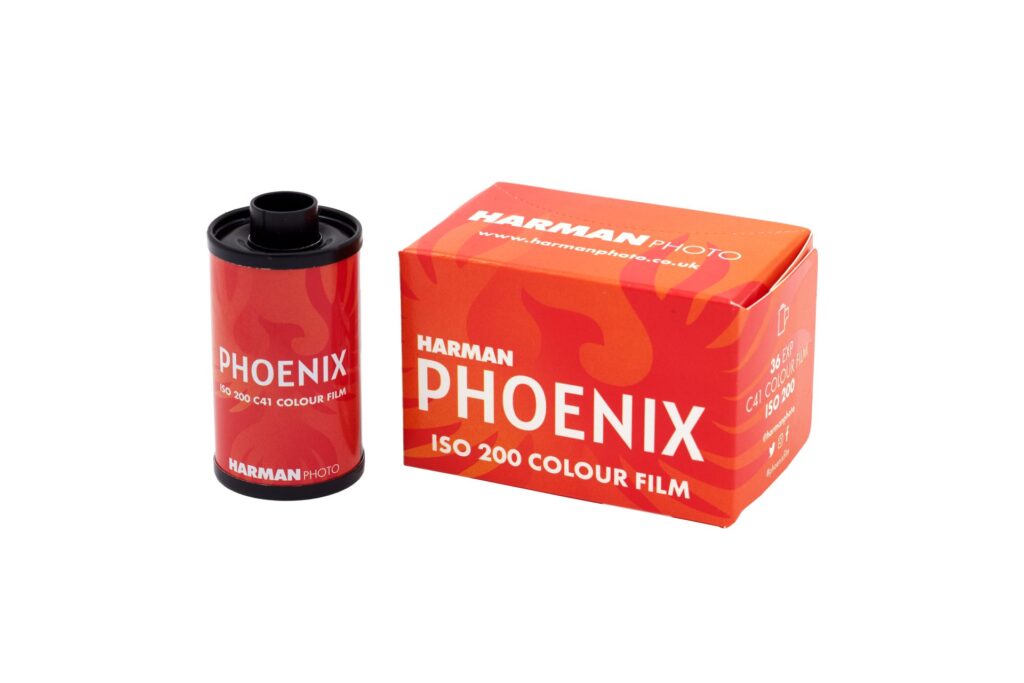
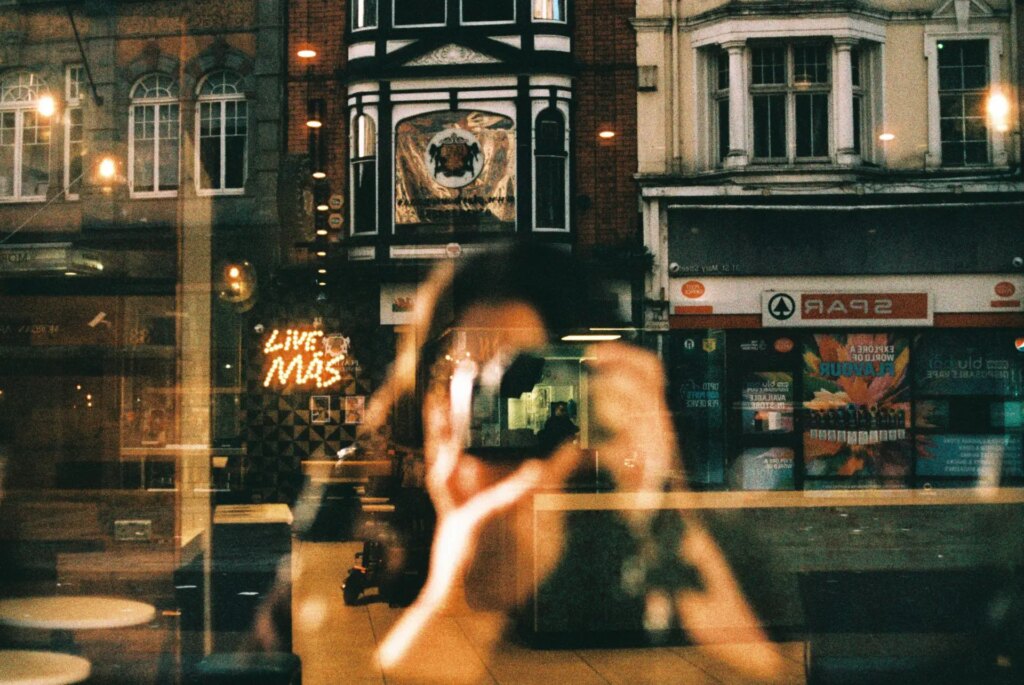
Before we dive into the film itself, let’s briefly set the stage around HARMAN Photo and where this new Instagram account and brand name came from. To be extra clear, the brand name of HARMAN Photo is not to be confused with ILFORD Photo. The two are separate brands both managed by the company, HARMAN Technology Limited. If you would like to read into the history of HARMAN Technology Limited further, there is an excellent timeline presented by ILFORD Photo here.
In 2015, HARMAN Technology Ltd. was acquired by Pemberstone Ventures Ltd, an intermediate holding company with manufacturing and distribution subsidiaries across a variety of industries. The aim of Pemberstone Ventures is to increase shareholder value through full business partnering. With the assistance of Pemberstone, HARMAN Technology Ltd. has been able to create value for shareholders at the same time as offer new products to their customer base like HARMAN Photo’s new Phoenix film.
“Like the mythical Phoenix, this new film represents hope, rebirth, and transformation. It signals the start of a new legacy for HARMAN and the beginning of an exciting new chapter for one of the world’s largest photographic film manufacturers.” – HARMAN Photo Press Release

About Phoenix 200 Colour Film
Phoenix is a 200 ISO daylight-balanced colour film intended for C41 processing. It is characterised by a heavy amount of grain and bold colours. HARMAN Photo says photographers can look forward to strong greens, rich reds, and bright blues.
In the technical data sheet for Phoenix, HARMAN Photo describes the film as experimental. While the film is available for customers to purchase, the new brand advises that this first batch will only improve as they continue to invest in and refine the quality of the colour film manufacturing process.
“As their first colour film, it is not without some quirks, however, it is a signal of intent for the business with sales from this film being used to refine and improve their formulations, coating capabilities and colour technology. The aim is that each new HARMAN colour film will be an improvement on the previous.” – HARMAN Photo Press Release

Scanner settings will impact the character of the results, however, HARMAN Photo has issued guidance that should help labs and home scanners obtain optimal images. The film does not have an orange mask unlike other traditional colour negative films, and might require further adjustment to scan settings to get natural colours. In the scanning parameters guidance sheet linked below, HARMAN Photo includes recommendations for the Fujifilm SP3000, Noritsu HS1800, LS600, LS1100, Epson V850, other flatbed scanners, digital camera scanning systems, and other scanners.

How to Shoot Phoenix 200 – Recommendations from HARMAN Photo
HARMAN Photo recommends shooting Phoenix in even lighting. It can be shot between ISO 100 and 400 but has a stated box speed of ISO 200. According to HARMAN, on sunny days, or shooting directly into the direction of the sun, there might be some halation in your images.
“In addition to the risk of occasional coating anomalies, this film does not have masking dyes and limited antihalation incorporated in the base layer. This means that striking halation effects around bright light sources and reflections are possible.” – Phoenix Technical Data Sheet
They recommend metering for the mid-tones and state that over or under exposure is ‘not Phoenix’s friend’. Push processing is not recommended for this film.
“Best results are typically obtained outdoors with consistent light and medium brightness scenes whilst metering for the mid-tones.” – Phoenix Technical Data Sheet
In the UK, HARMAN Photo expects the film to sell for £12.99, but they have not set specific reseller prices so it could be lower or higher depending on where you shop.

Test Roll Results & Review
I tested this roll before reading the official press release recommendations for shooting this film and I can agree with 100% of it when reviewing my results. This film is unlike any other. Of course, it’s going to be since it’s made from scratch in the UK. I wouldn’t want it to be similar to other colour films out there either. It’s exciting to have something that is completely different.
Something that surprised me out of the box was the colour of the unprocessed film strip itself. It’s bright yellow! Straight out of the box, Phoenix doesn’t disappoint with its bold characteristics. As someone who appreciates aesthetics and design choices, I’m impressed with the branding around Phoenix. It’s eye-catching, tells a good story, and electrifies my analogue-loving heart.
As with any test roll, I set out to capture a variety of scenes, colours, and lighting including nature in the park, buildings in the town, and sunset at the beach. I grabbed the most reliable 35mm camera in my collection, the Canon Rebel K2 with the 50mm F1.8 lens.

While recommendations are often given by producers when testing a roll, I still like to see for myself where it shines and where it might fall short. I shot this film in even lighting, sunset lighting, indoors, outdoors, contrasty scenes, and even at night. You can easily see in the roll where the film works well and where it doesn’t.
The Elephant in the Room – Exposure Latitude or Lack Thereof
My first thought when seeing the results from the lab was that this film looks a lot like slide film. The latitude isn’t there. It was either highlights or shadows in mixed lighting scenarios.

Now, this doesn’t bother me so much because I love shadows that fall off quickly and retain little detail. Of course, this is in regards to scenes where the subject is well-lit and I’m not including what is in shadow. However, it does make this film hard to work with in contrasty lighting situations if you do want to retain both highlight and shadow detail. Manually metering for the mid-tones would help but if you are using an automatic camera, the results are at the mercy of the metering system and choice of subject.
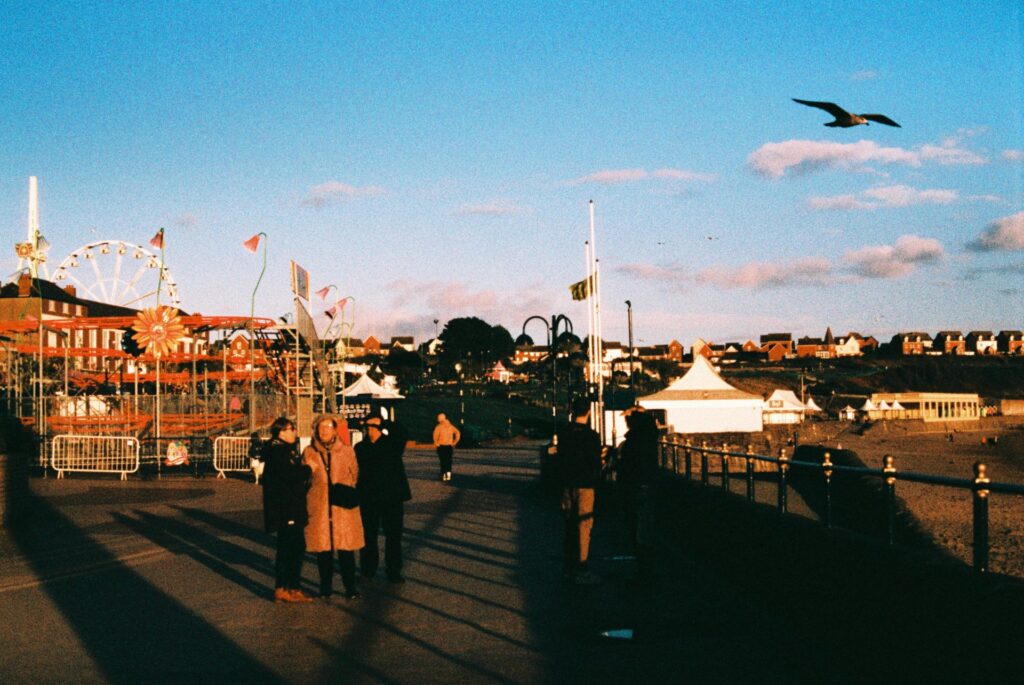
I sent the film to Analogue Wonderlab for processing and scanning, since they were in on the launch. Max, the lab manager, was kind enough to share more information about the scans when I asked how much wiggle room there was in the scanning process regarding the film’s latitude. Not much, it turns out! So, this film really does work a little like slide film in that it isn’t too forgiving on exposure. Best to shoot Phoenix with compositions that don’t involve a crazy amount of contrast, unless you like that.

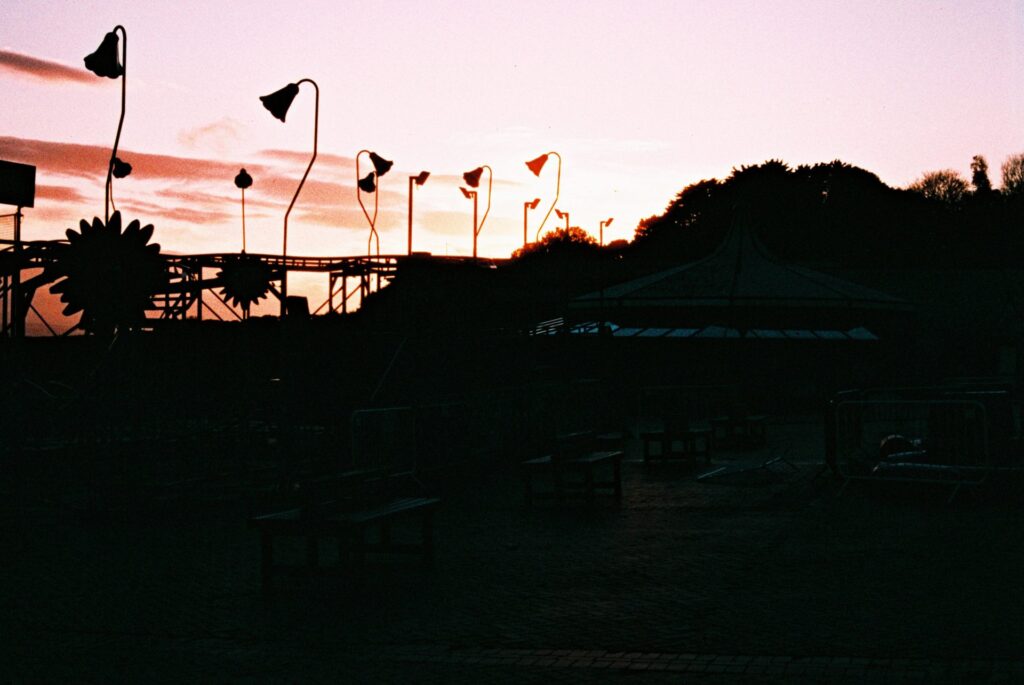
Max also let me know that my roll was scanned using HARMAN Photo’s recommended settings for the Fuji SP3000. At that time the settings for the Noritsu were still being worked out. Keep this in mind as the scanner used for your film can change the results wildly as can the camera, lens, lighting, etc. I’m excited to see more results on launch from other testers as I’m sure there will be a variety!
Fortune Favours the Bold
The second thing that stands out to me with this film is the character of the colours. Phoenix is wild! If HARMAN Photo intended to make a splashy entrance into the world of colour film manufacturing, well, they have succeeded.
Colours pop when the film is shot in even lighting or with the sun hitting directly on your subject. The ones below are some of my favourites.





I did have some underwhelming results when shooting in the shade, but this might be due to a lack of warm colours in the scene. These shots below in the shade have a much cooler cast to them compared to the rest of the roll. It appears the warmer colours in this film (reds, oranges, yellows) come out very warm, but cooler colours (blue, green) are rather cold. Each end of the spectrum leans into itself. This is a contrast to other films such as Kodak which generally runs warmer across the board or Fujifilm being known for its cooler cast across most colours.

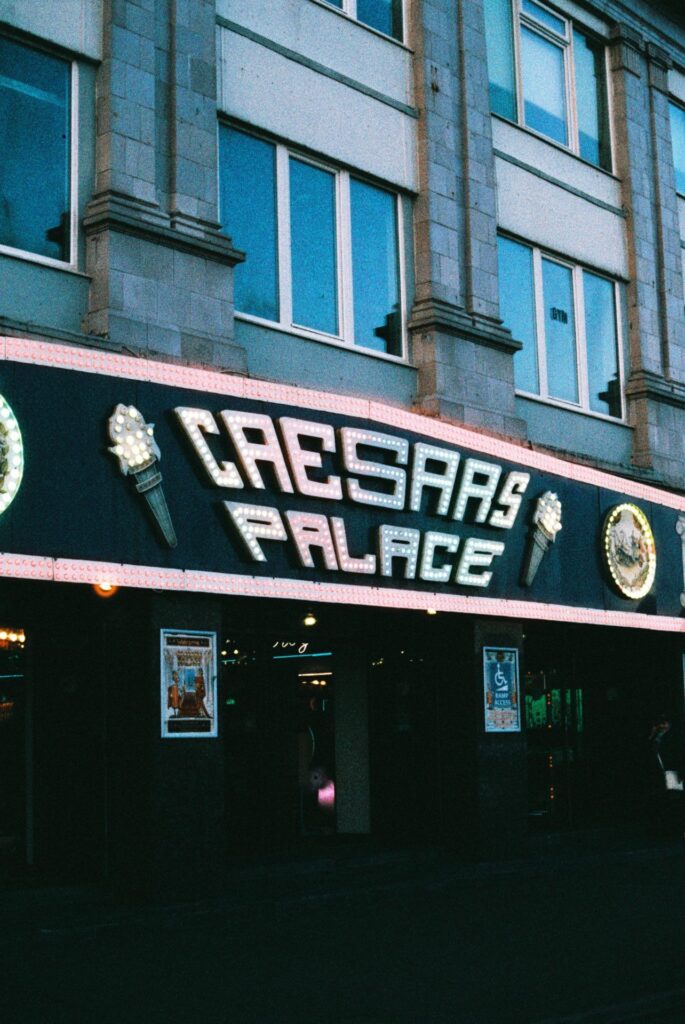

Halation Station
This film has halation! It only appears when there’s strong light coming into the picture. I find it really beautiful, especially in the first image below. It adds a lot of drama to the image with the warm glowing orb that is the sun in the corner there.


It’s not everyone’s cup of tea though and the way to avoid it is to point your camera away from the sun or strong light source. I can see this being something that people either love or hate about the film and find it an interesting choice for HARMAN Photo to produce the film with limited anti-halation properties and no masking dyes in the base layer.
Portraits and Flash
Here are a couple of portrait examples. I took a self-portrait in the park and while it’s not terrible, you can see a tinge of orange around the edges of my skin which I’m not sure I like yet.

Here are two additional portraits taken indoors, one with flash and one without flash. The one without flash seems to have a richer dynamic while the one with flash is incredibly flat and perhaps a bit underexposed. My camera typically yields great results with the flash so it’s odd to see this image come out the way it did. It could be a factor of the scanning or perhaps of both.
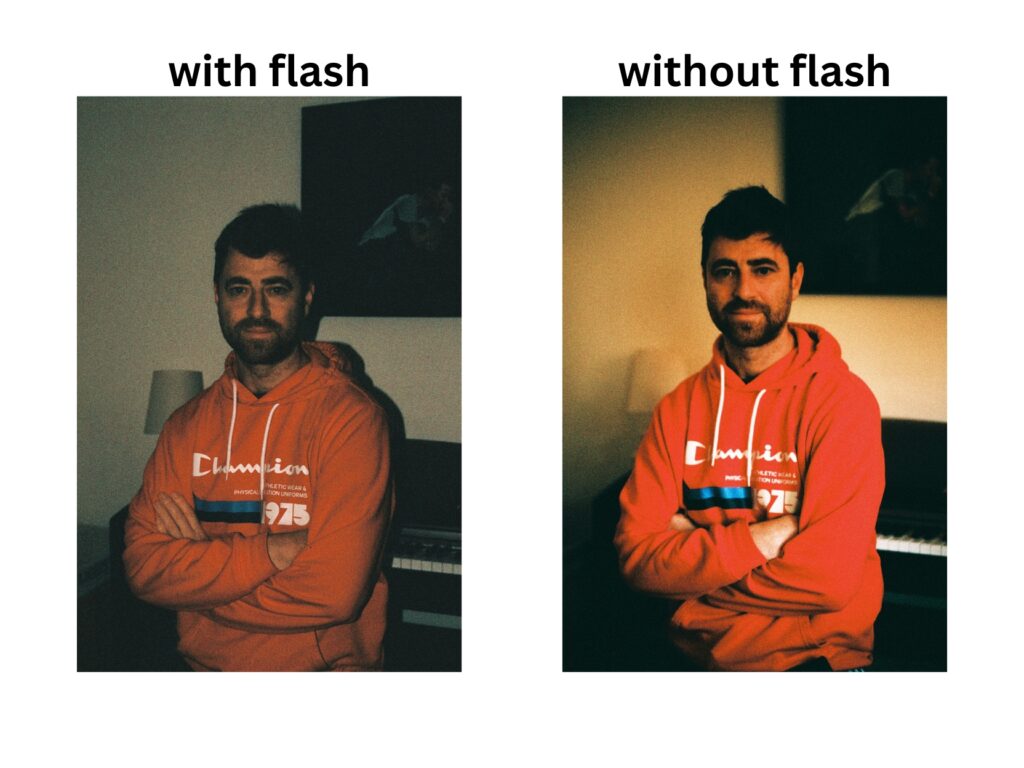
The grain on this film is heavy overall and it’s apparent in most of my results. For an ISO 200 speed film, it’s much heavier than other ISO 200 speed films. Of course, since this is an experimental film that is made to be unlike other films, it’s not really comparable. The amount of grain gives the film a decent level of texture and weight to the images.
Last Thoughts
Phoenix favours the bold. Bold colours, bold scenes. It highlights punchy choices and is unforgiving to those metering for shadows or highlights only in contrasty environments. It’s an exciting film, an electric film, setting alight the world as we see it in negatives that will make you say “WOW!” or “OUCH” depending on how you’ve metered and what you’ve chosen to frame. I’m intrigued to see reactions to the film results across the board (not just mine) so please share below what you think about what you have seen.

Would I shoot Phoenix again? Yes. 100%. I love it. Whatever the individual tastes for the characteristics of this film are in the community, it’s important to support manufacturers of colour films, especially new colour films, to help keep the future of film photography alive and thriving. With Fujifilm out and Kodak moving into battery production with its film equipment, it’s encouraging to see HARMAN Technology Ltd and HARMAN Photo investing in R&D and producing new colour film options.
Check with your local film retailer to see if they have Phoenix in stock. HARMAN Photo has been working on getting the film to distributors and retailers so it would be available on the launch date. Analogue Wonderland has it in their store here in the UK. If you haven’t yet, you can follow HARMAN Photo on their new Instagram account or find more information on their website here.
Check out the accompanying YouTube video for this review on my channel here.
If you haven’t already, head over to Hamish’s review to see his thoughts! His images were scanned on a Noritsu so you can see the difference to the Fuji SP3000 images from this post. Check it out here.
More Phoenix 200 content from other bloggers & vloggers:
Matt Marrash – Youtube Video
Studio C41 – Youtube Video
Kosmo Foto – Article & Youtube Video
Share this post:

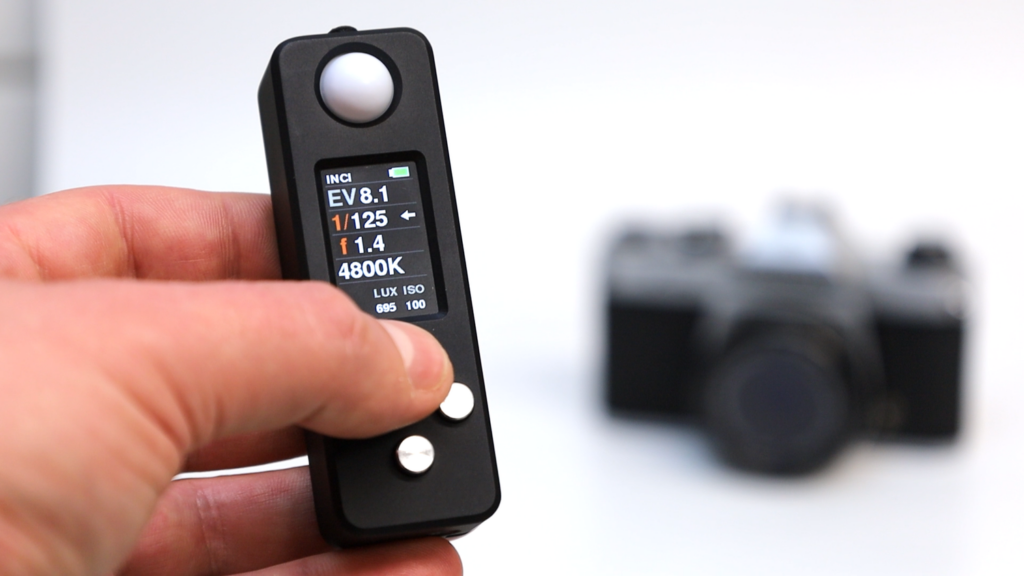
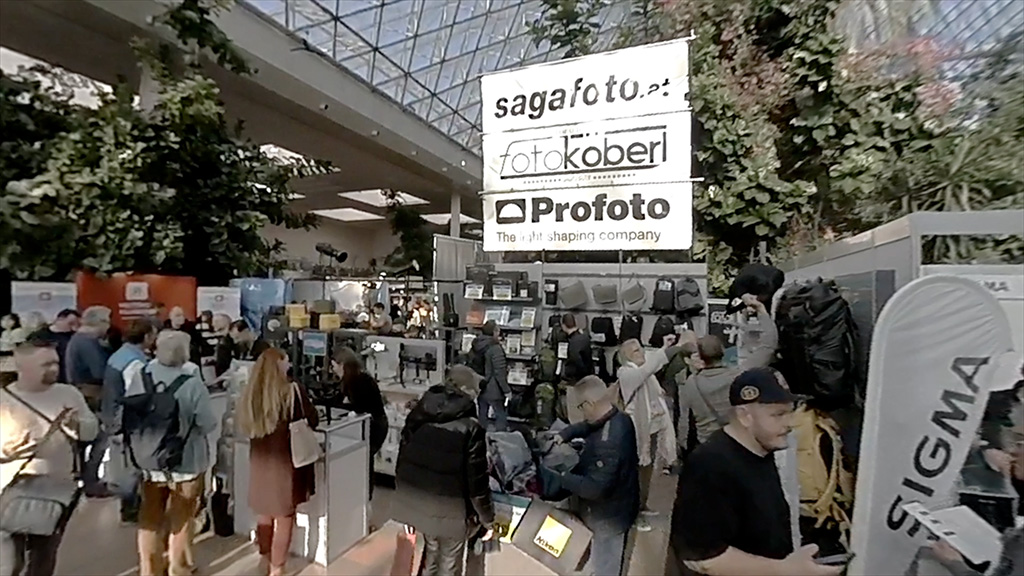
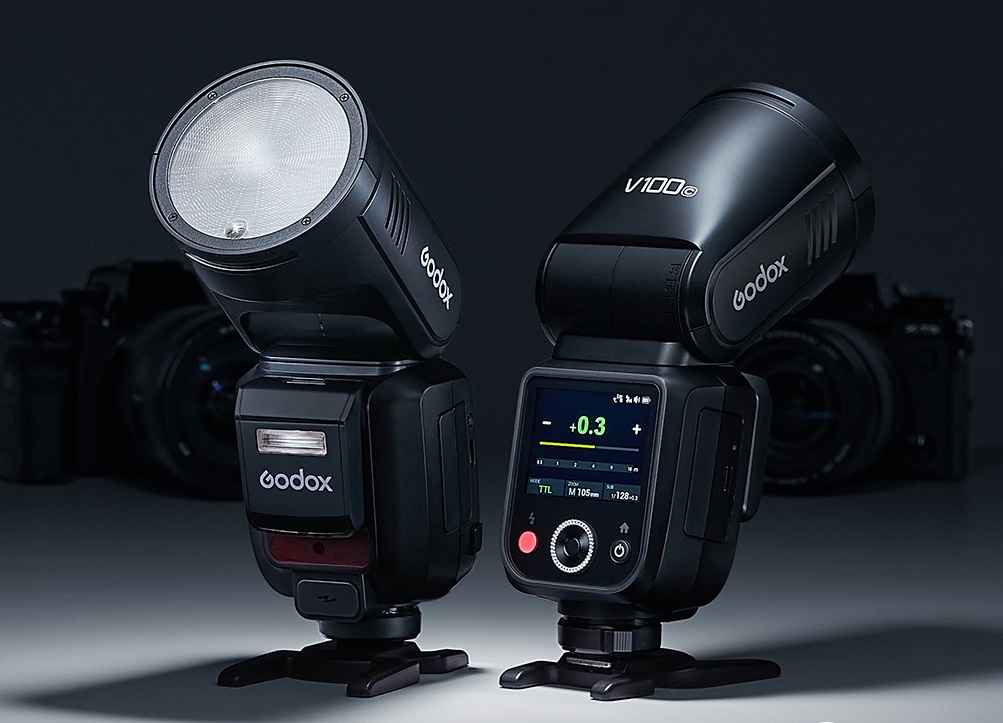





Comments
Joseph Irvin on NEWS: HARMAN Photo Introduces Phoenix ISO 200 Colour Film Made from Scratch in the UK
Comment posted: 01/12/2023
Comment posted: 01/12/2023
Colin on NEWS: HARMAN Photo Introduces Phoenix ISO 200 Colour Film Made from Scratch in the UK
Comment posted: 01/12/2023
I've looked at a range of reviews... JCH, Casualphotophile, Kosmo, Emulsive, SilvergrainClassics, here.
I mean, I commend Harman for trying, but there's no way I will ever buy a roll of this stuff the way it is now. Contrast is awful, colours are wonky, grain is obtrusive and it even looks unsharp - I don't know if that's down to the film or the cameras that are being used for testing.
I guess it depends what you're looking for - some people gravitate towards emulsions that product something entirely different to what their digital camera gives them. But for me, this is just a million miles from the gorgeous results that Kodak gives me.
Comment posted: 01/12/2023